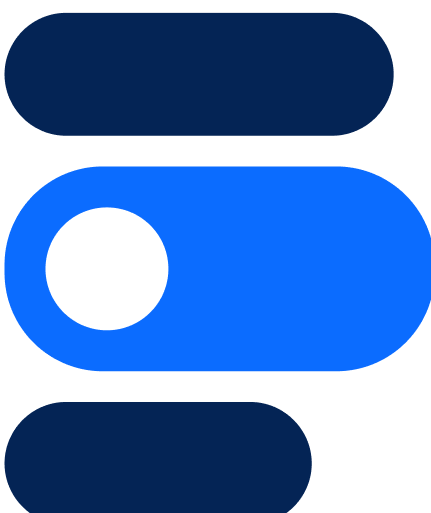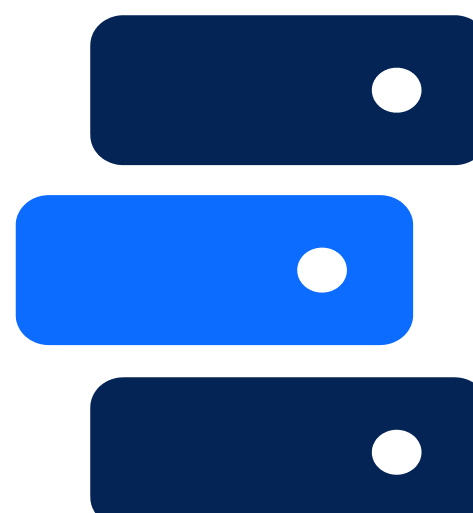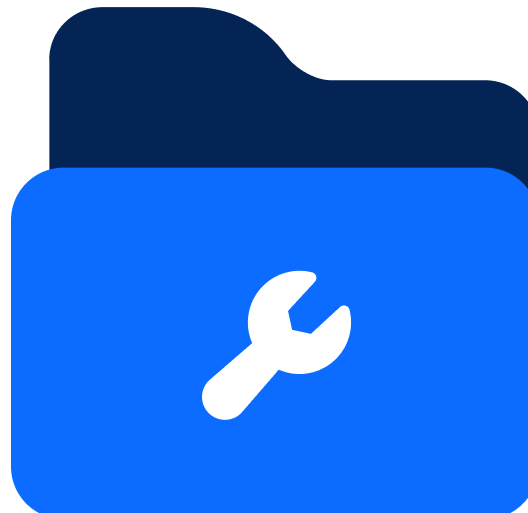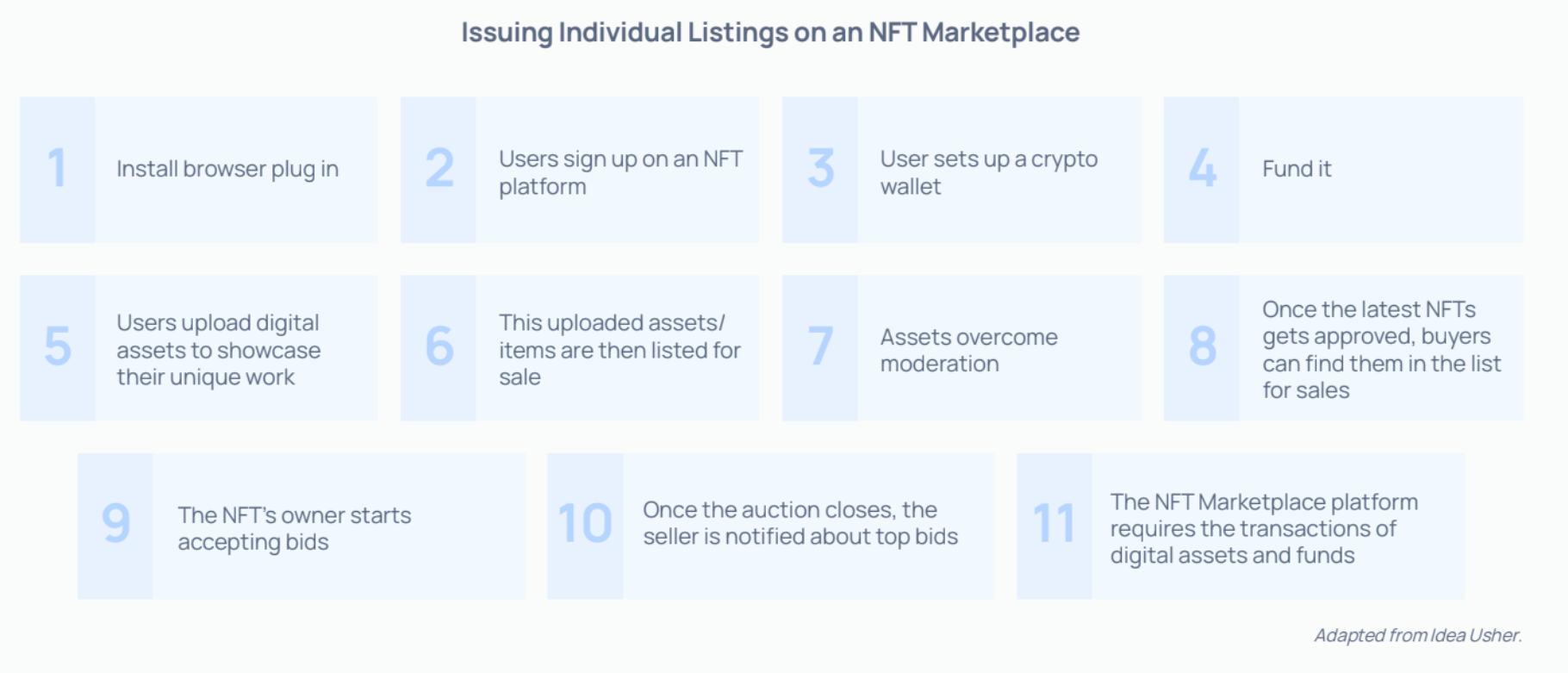Getting Started
Introduction to AccelByte Gaming Services (AGS)

Backend Services
Skip boring dev work with plug-and-play systems for 80% of your game’s backend

Backend Customization
Build 20% of the backend that makes your game unique without managing it

Server Orchestration
Automate spinning up and scaling servers globally for smooth, low-latency sessions

Build Distribution
Deliver builds faster to testers worldwide so you can ship multiple times a day

Crash Reporting
Catch and fix bugs before players see with real-time crash data and full context

Tools & Utilities
Monitor gameplay, test your setup, and tweak your game without juggling external tools
Introduction to AccelByte Gaming Services (AGS)
Learn to use AGS with our demo game "Byte Wars"
Connect and get support with other members of the AccelByte Community
Submit and review tickets while directly connecting with AccelByte
Join our Discord for support, insights, and networking!

The growing popularity of web3 games - digital games using blockchain technology as an underlying component of a game's economy - has offered players the ability to completely own their in-game assets and collectibles in the form of digital tokens (or NFTs.) These blockchain-built, decentralized games enable players to capture the utility and value of in-game purchases and asset acquisitions more effectively.
Web3-enabled games focus more heavily on generating value for players and, according to an article from Cryptopedia, “this dynamic introduces a paradigm shift that allows players to better capture the utility and value of assets acquired through in-game purchases, regular gameplay, or promotional events.”
For instance, when a player purchases an armor upgrade in a traditional game, their only benefit is enhanced gameplay within the context of that one game. However, in a gaming ecosystem that utilizes cross-platform non-fungible tokens, the same armor can be tokenized in a way that transforms in-game purchases into transferable assets that may confer benefits across interconnected games or be exchanged for money or other digital assets.
So, what does this mean for developers? Well, because more and more players will be searching for web3 games driven by non-fungible tokens that promote ownership, scarcity, and interoperability, developers must go through a service to automate token generation for their players.
While this manual process is quite unfriendly - dealing with long numbers and requiring a lot of steps - the exciting challenge is to make it easy and seamless.
There are a few different flows for issuing an NFT, but we've detailed a common flow (adapted from Idea Usher) that demonstrates what issuing an individual listing on an NFT marketplace, such as OpenSea, might look like:

AccelByte's service is aimed to work as a traditional game service and the flow would look something like this:
Using underlying blockchain networks to enable the generation and deployment of tokens within multiple gaming environments will allow players to enhance the personalization and creativity of their gaming experience. What's more, developers using blockchain-built games have the potential to expand their gaming economies dramatically, establish new gaming categories, and fuel the development of new games.
Interested in learning more about what web3 gaming means for developers? Download the full eBook here.
Reach out to the AccelByte team to learn more.